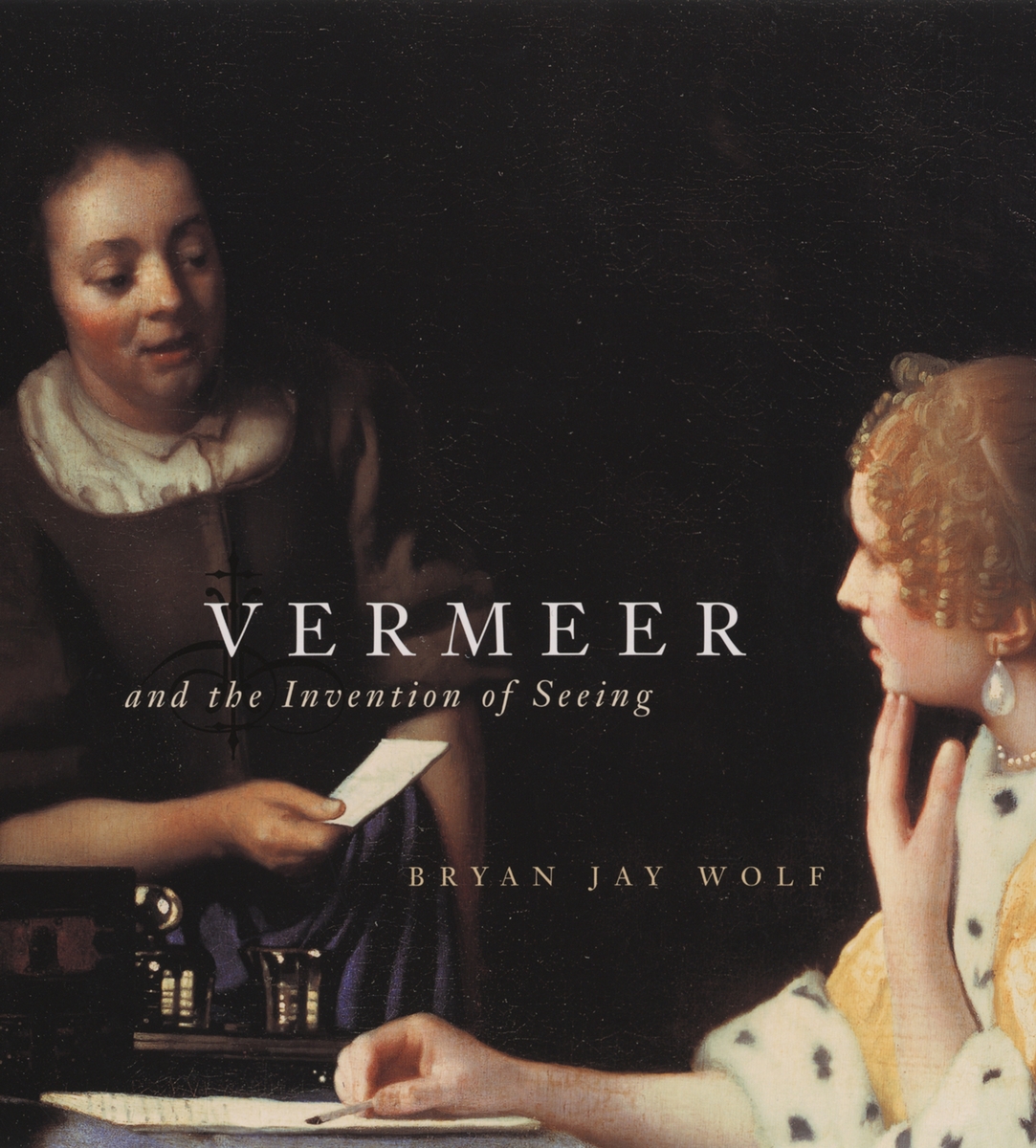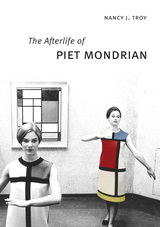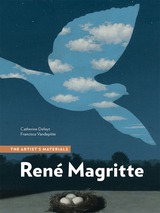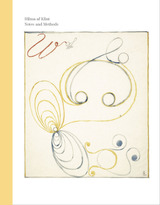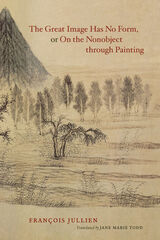Vermeer and the Invention of Seeing
University of Chicago Press, 2001
Paper: 978-0-226-90505-1 | Cloth: 978-0-226-90504-4
Library of Congress Classification ND653.V5W65 2001
Dewey Decimal Classification 759.9492
Paper: 978-0-226-90505-1 | Cloth: 978-0-226-90504-4
Library of Congress Classification ND653.V5W65 2001
Dewey Decimal Classification 759.9492
ABOUT THIS BOOK | AUTHOR BIOGRAPHY | TOC
ABOUT THIS BOOK
This book begins with a single premise: that Vermeer painted images not only of extraordinary beauty, but of extraordinary strangeness. To understand that strangeness, Bryan Jay Wolf turns to the history of early modernism and to ways of seeing that first developed in the seventeenth century. In a series of provocative readings, Wolf presents Vermeer in bracing new ways, arguing for the painter's immersion in—rather than withdrawal from—the intellectual concerns of his day.
The result is a Vermeer we have not seen before: a painter whose serene spaces and calm subjects incorporate within themselves, however obliquely, the world's troubles. Vermeer abandons what his predecessors had labored so carefully to achieve: legible spaces, a world of moral clarity defined by the pressure of a hand against a table, or the scatter of light across a bare wall. Instead Vermeer complicated Dutch domestic art and invented what has puzzled and captivated his admirers ever since: the odd daubs of white pigment, scattered across the plane of the canvas; patches of blurred surface, contradicting the painting's illusionism without explanation; and the querulous silence that endows his women with secrets they dare not reveal.
This beautifully illustrated book situates Vermeer in relation to his predecessors and contemporaries, and it demonstrates how powerfully he wrestled with questions of gender, class, and representation. By rethinking Vermeer's achievement in relation to the early modern world that gave him birth, Wolf takes northern Renaissance and early modern studies in new directions.
The result is a Vermeer we have not seen before: a painter whose serene spaces and calm subjects incorporate within themselves, however obliquely, the world's troubles. Vermeer abandons what his predecessors had labored so carefully to achieve: legible spaces, a world of moral clarity defined by the pressure of a hand against a table, or the scatter of light across a bare wall. Instead Vermeer complicated Dutch domestic art and invented what has puzzled and captivated his admirers ever since: the odd daubs of white pigment, scattered across the plane of the canvas; patches of blurred surface, contradicting the painting's illusionism without explanation; and the querulous silence that endows his women with secrets they dare not reveal.
This beautifully illustrated book situates Vermeer in relation to his predecessors and contemporaries, and it demonstrates how powerfully he wrestled with questions of gender, class, and representation. By rethinking Vermeer's achievement in relation to the early modern world that gave him birth, Wolf takes northern Renaissance and early modern studies in new directions.
See other books on: 1632-1675 | Genre painting, Dutch | Individual Artists | Invention | Seeing
See other titles from University of Chicago Press
